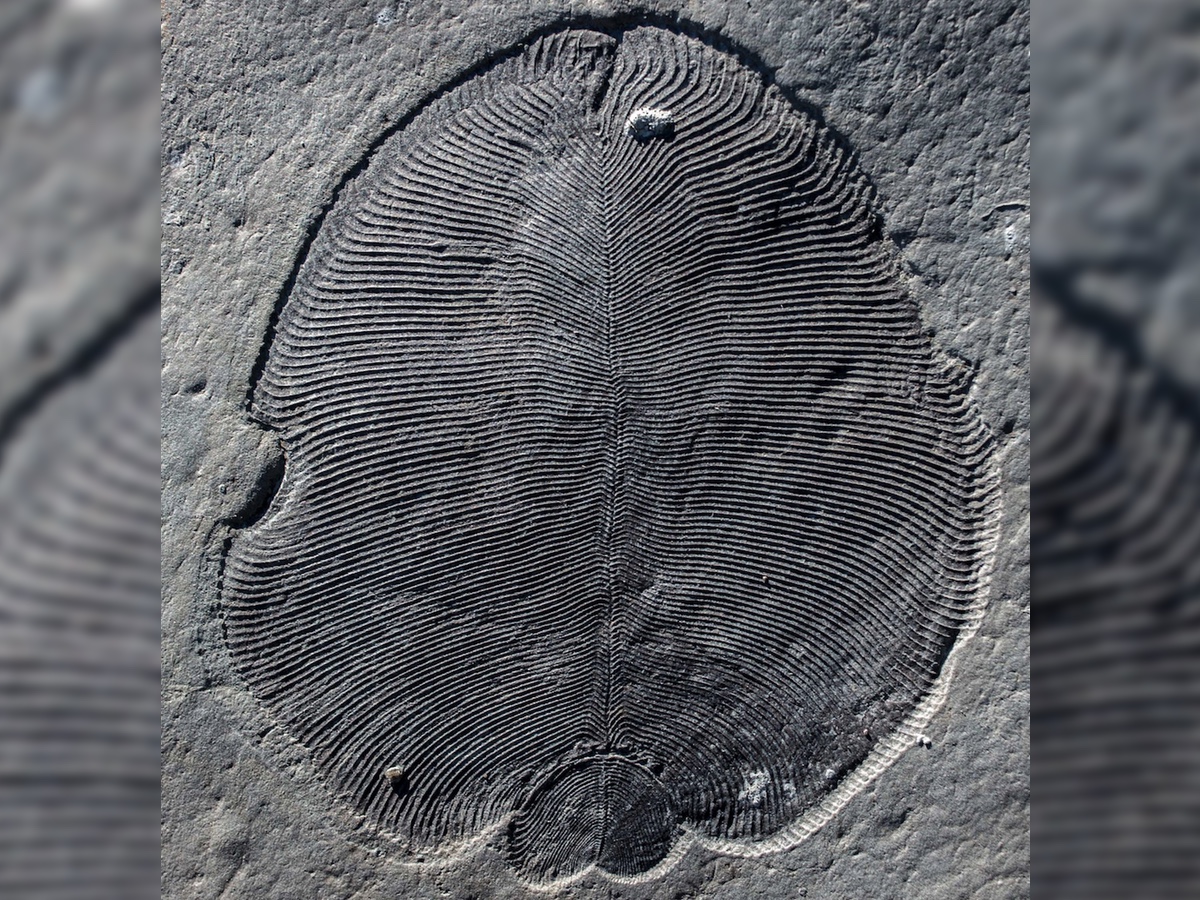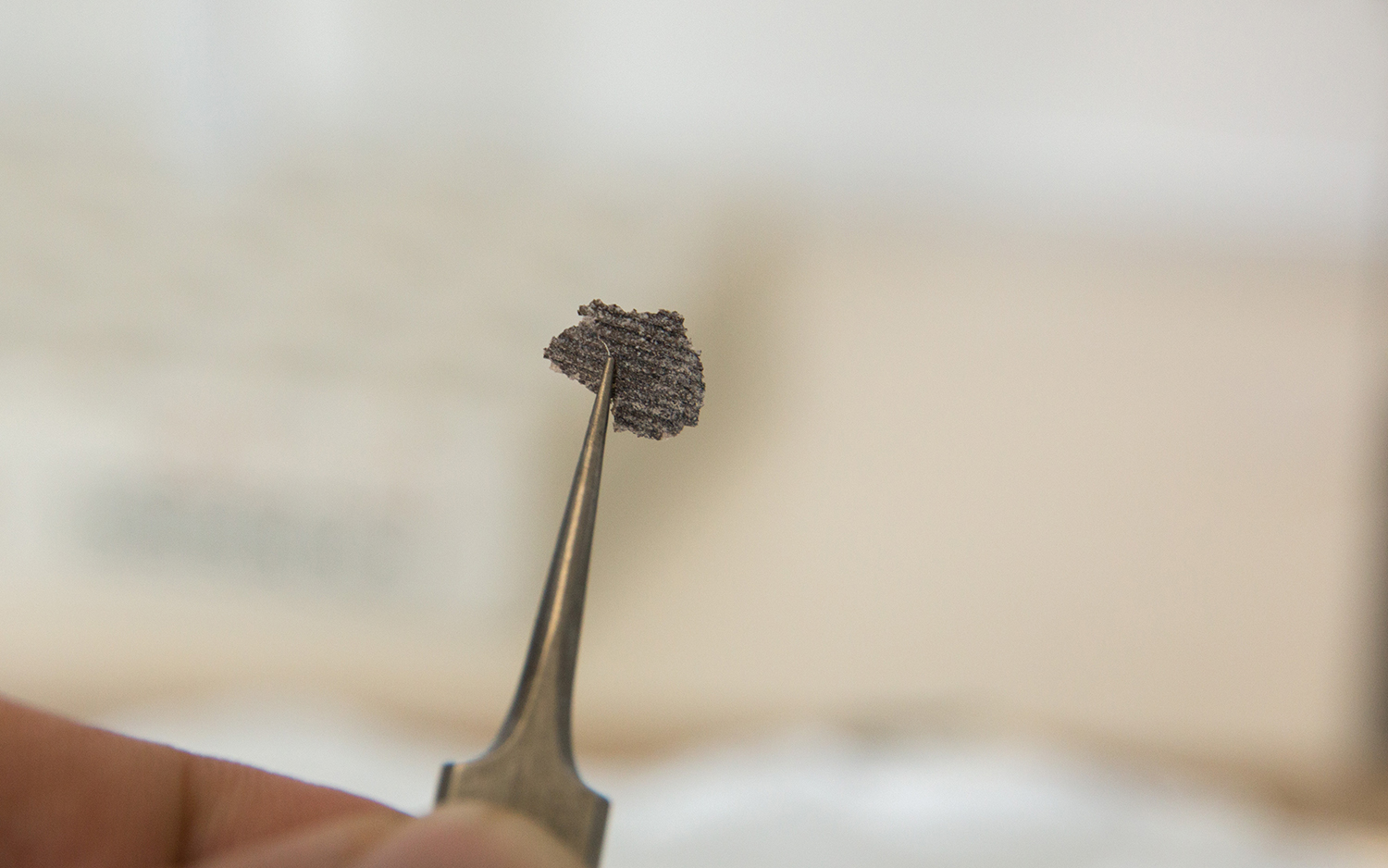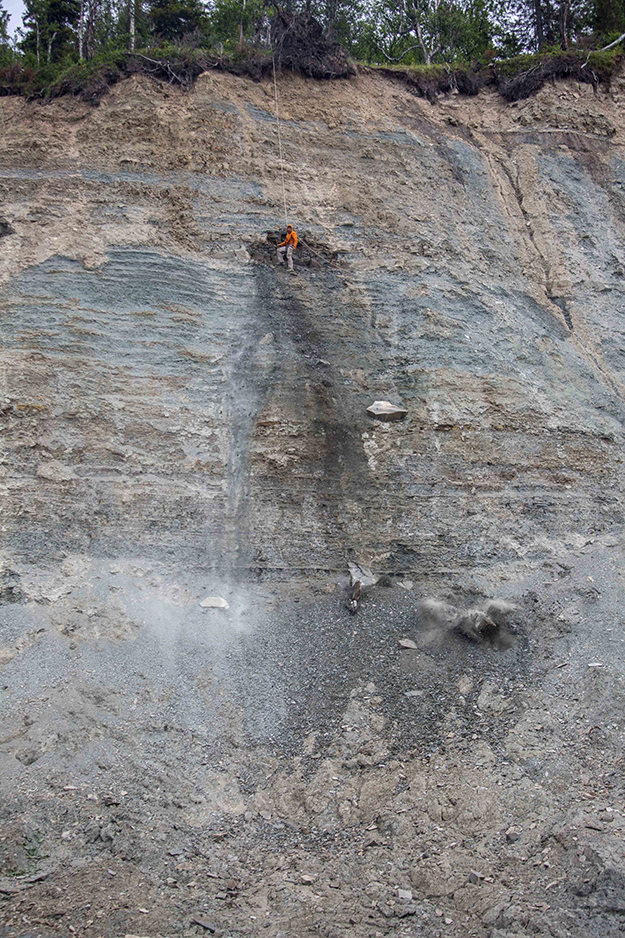Ancient Mystery Creature That Defied Classification Is Earth's Oldest Animal

An enigmatic creature that lived half a billion years ago is as "strange as life on another planet" and has defied classification for nearly a century. But researchers can finally identify the mystery organism as an animal — the oldest known animal on Earth — thanks to traces of ancient fats.
This precious organic evidence emerged from exceptionally well-preserved fossils found in northwest Russia near the White Sea. The remains come from a strange organism known as Dickinsonia. Dating to around 558 million years ago, Dickinsonia had an oval, segmented body that measured about 5 feet (1.4 meters) long, and it lacked physical features typically associated with animals, such as discernable limbs, orifices or organs, or a discernable head.
For decades, the oddball bodies of Dickinsonia and other peculiar creatures from this period — the Ediacaran, about 635 million to 541 million years ago — made it challenging to place these creatures on the tree of life with certainty. But the recent discovery of additional Dickinsonia fossils revealed something that had never been seen in this type of fossil before: organic tissue preserved in the fossilized impression left behind by the creature's body. From this impression, or biofilm, researchers were able to identify molecules of cholesterol, a fat that is recognized as "a hallmark" of animals, the scientists reported in a new study. [Images: Bizarre, Primordial Sea Creatures Dominated the Ediacaran Era]
"Scientists have been fighting for more than 75 years over what Dickinsonia and other bizarre fossils of the Ediacaran biota were: giant single-celled amoeba, lichen, failed experiments of evolution or the earliest animals on Earth," study co-author Jochen Brocks, an associate professor with the Research School for Earth Sciences at The Australian National University (ANU), said in a statement.
"The fossil fat now confirms Dickinsonia as the oldest known animal fossil, solving a decades-old mystery that has been the Holy Grail of paleontology," Brocks said.

Who's the oldest?
Earth's earliest forms of life were microbes; the earliest known examples have been traced to rocks that are 3.95 billion years old. Animal life didn't emerge until billions of years later, with many complex animal forms appearing during a dramatic burst of evolutionary activity during the Cambrian explosion, which followed the Ediacaran period and lasted until 490 million years ago.
But which were the earliest animals? That's tough to pin down, as fossil evidence of soft-bodied creatures is scarce. Sponges were long thought to be the most primitive animals, based on the simplicity of their body plan. But while there is evidence that hints at their presence 635 million years ago, the oldest fossilized sponge remains are only 520 million years old.
Sign up for the Live Science daily newsletter now
Get the world’s most fascinating discoveries delivered straight to your inbox.
Jellyfish might be even older than sponges, according to a study published in 2017. However, that conclusion was derived using genetic analysis and not fossil evidence.
A fossil cliff-hanger
Most of the known Dickinsonia fossils come from locations where the rocks have undergone intense weathering from heat and pressure, destroying any trace of organic material, study co-author Ilya Bobrovskiy, a doctoral candidate at ANU, said in the statement. On the other hand, the remote site in Russia offered the possibility of finding fossils in better condition — but getting to them turned out to be a real cliff-hanger of an experience, Bobrovskiy discovered.
"These fossils were located in the middle of cliffs of the White Sea that are 60 to 100 meters [197 to 328 feet] high," Bobrovskiy said. "I had to hang over the edge of a cliff on ropes and dig out huge blocks of sandstone, throw them down, wash the sandstone and repeat this process until I found the fossils I was after."

Though many in the paleontology community have long suspected that Dickinsonia was a bona-fide animal, the new study "puts the nail in the coffin" of all other hypotheses regarding this unusual creature, Roger Summons, a professor of geobiology at the Massachusetts Institute of Technology's Department of Earth, Atmospheric and Planetary Sciences, told Live Science.
According to Summons, who was not involved in the study, now that the scientists have demonstrated that this particular site and collection of fossils is fertile ground for molecular analysis, much more work will follow to unravel the mysteries of ancient animals like Dickinsonia.
"You can get so far by looking at shape and form — morphology, size, those sorts of things — but there's nothing like the molecular record to tell you in much more detail about where these organisms fit in the big scheme of things," Summons said.
The findings were published online Sept. 20 in the journal Science.
Original article on Live Science.

Mindy Weisberger is an editor at Scholastic and a former Live Science channel editor and senior writer. She has reported on general science, covering climate change, paleontology, biology and space. Mindy studied film at Columbia University; prior to Live Science she produced, wrote and directed media for the American Museum of Natural History in New York City. Her videos about dinosaurs, astrophysics, biodiversity and evolution appear in museums and science centers worldwide, earning awards such as the CINE Golden Eagle and the Communicator Award of Excellence. Her writing has also appeared in Scientific American, The Washington Post and How It Works Magazine. Her book "Rise of the Zombie Bugs: The Surprising Science of Parasitic Mind Control" will be published in spring 2025 by Johns Hopkins University Press.










